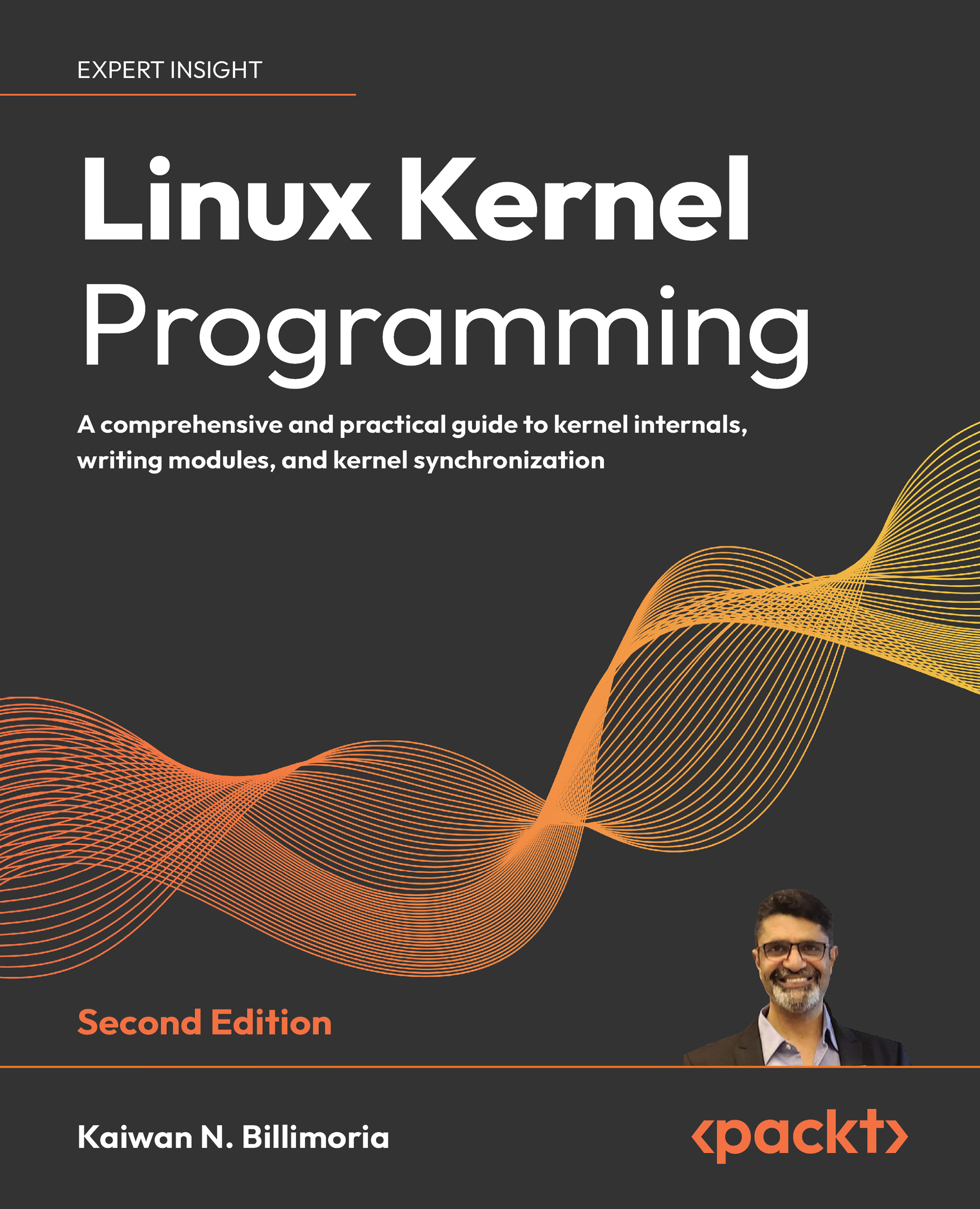Summary
In this chapter, you learned – to a good level of detail – how both the page (or buddy system) and the slab allocators work. Recall that the actual “engine” of allocating (and freeing) RAM within the kernel is ultimately the page (or buddy system) allocator, with the slab allocator being layered on top of it to provide optimization for typical less-than-a-page-in-size allocation requests, and to efficiently allocate several well-known kernel data structures (‘objects’).
You learned how to efficiently use the APIs exposed by both the page and slab allocators, with several demo kernel modules to help show this in a hands-on manner. A good deal of focus was (quite rightly) given to the real issue of the developer issuing a (slab) memory request for a certain N number of bytes, but you learned that it can be very sub-optimal, with the kernel actually allocating much more (the wastage can climb very close to 100%)! You now know how...
































































